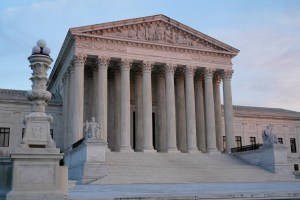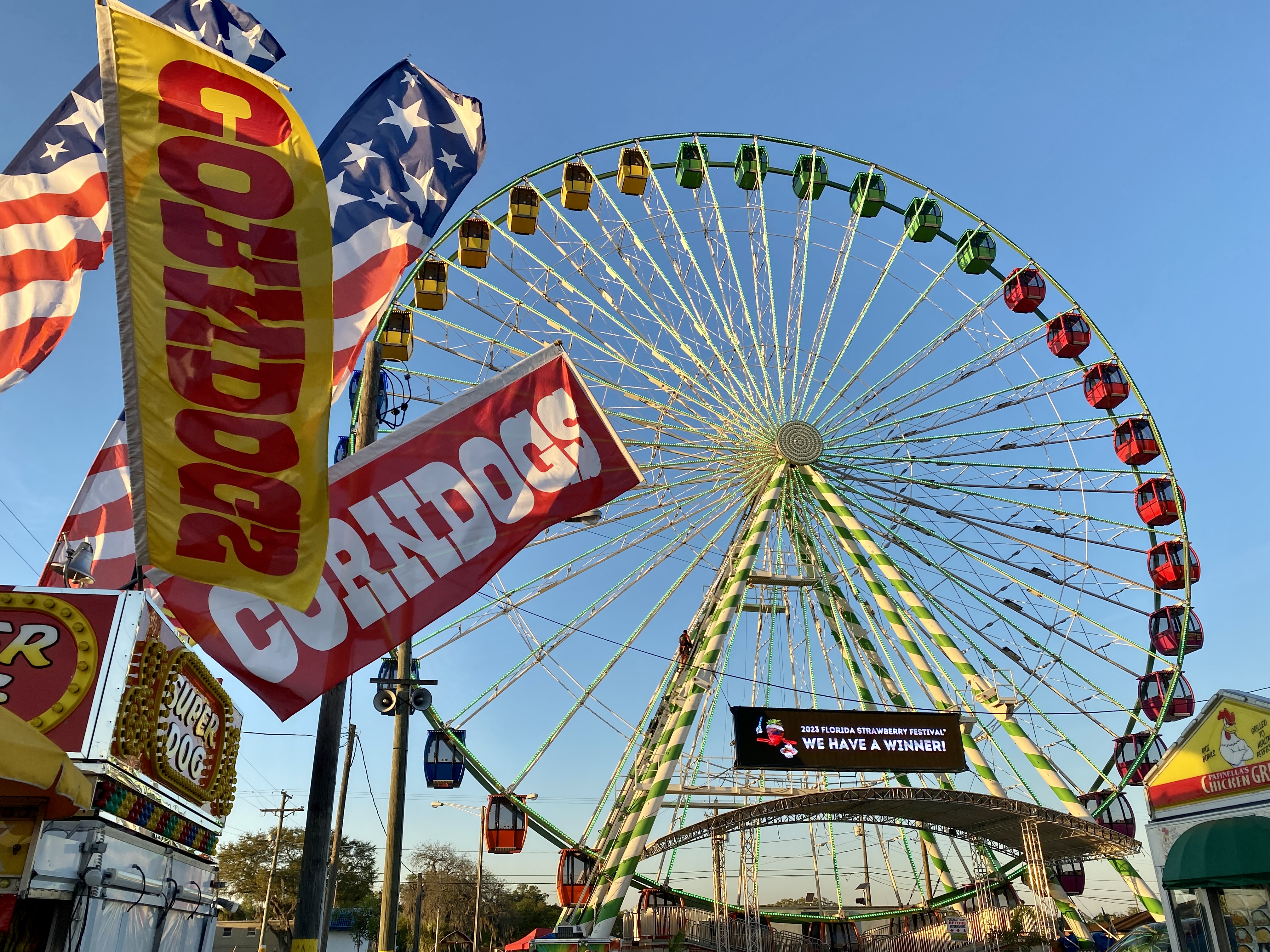It’s something only a few courageous Americans are selected to do – serve our country. Their service often leads to long deployments and time away from home.
To honor some of Tampa Bay’s hometown heroes for Veterans Day, we were invited to take our cameras far from home to Norfolk, Virginia, home of the largest Naval base in the world. We were also invited to spend the night on an aircraft carrier and experience life through the eyes of enlisted sailors from the bay area.

The Navy has 11 carriers strategically placed all over the world, including the USS George H.W. Bush.
The ship is 2.1 million pounds of steel – a Nimitz class carrier, or nuclear warship, that is ready to deploy at any moment for anything from humanitarian missions to war.
According to the Navy, in over 80 percent of the times when the world was faced with international violence, the United States has responded with one or more carrier task forces.
Training:
Before we could fly to the ship, we had to pass water aviation survival training. The training includes being able to swim the length of the pool in full gear, tread water or float for two minutes and be able to deploy and inflate our emergency life vest.
Once that training was complete, we were put through intense helicopter crash simulations. The simulation was challenging. It challenged you to be able to rescue yourself from a sinking helicopter. During the training, you are flipped underwater, blindfolded. You had to free yourself from the seatbelt, find a reference point, and swim to the surface.
The training helps sailors prepare for life or death situations.
Once we passed the challenge, we were cleared to fly to ship.
Sailors On Land:
We met Sailor Owen Garcia at the NEX, or Navy store.
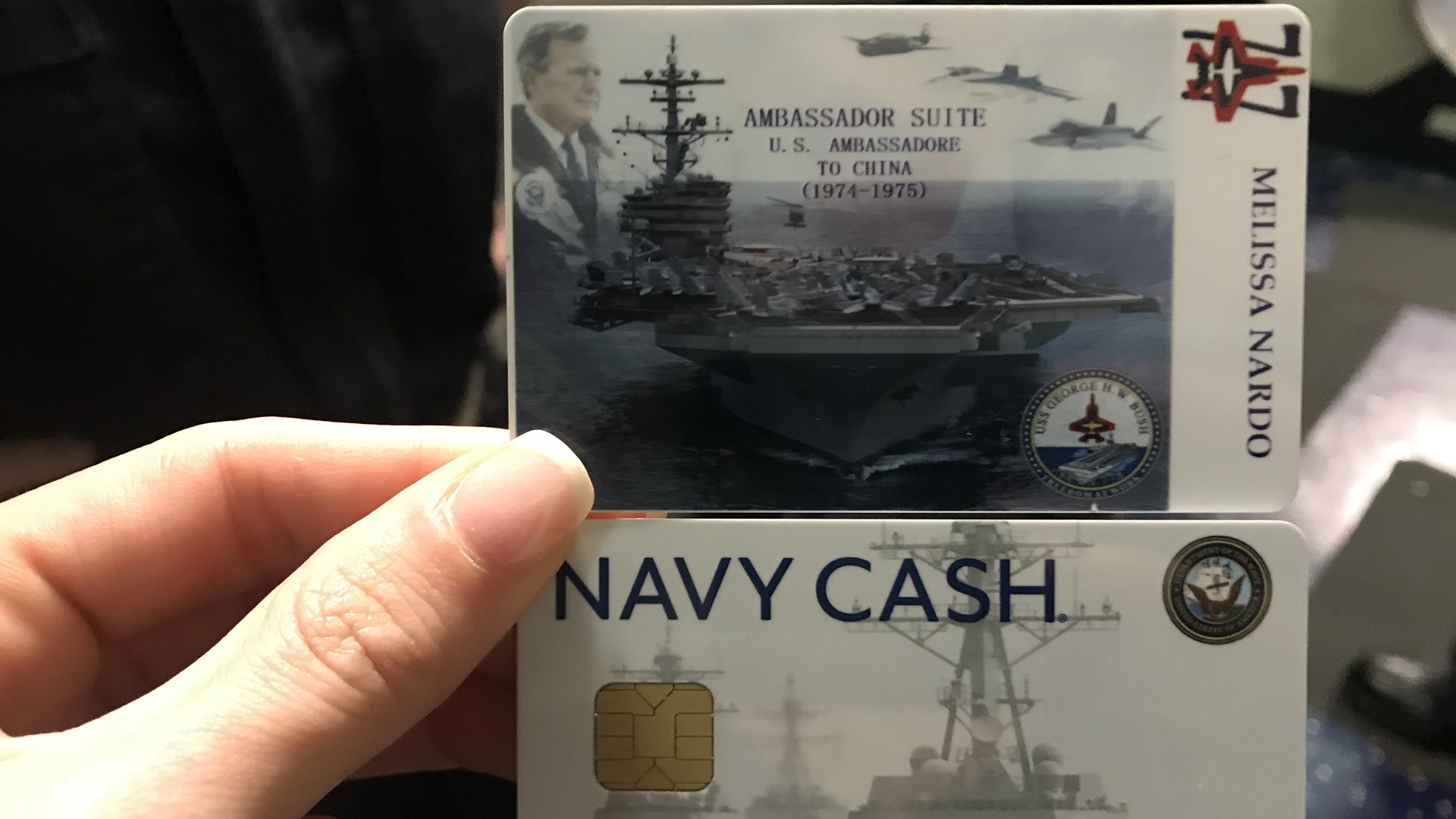
Garcia is from Citrus Park and says he thought he’d never leave home until he joined the Navy two years ago. He is an air traffic controller who helps pilots safely navigate the sky. He also helps them land and take off safely from the USS Abraham Lincoln.
“It’s a lot of decision making, quick choices you have to make and it’s you doing it,” said Garcia. “It’s a lot of talking to the pilots – they’re flying around, we’re telling them where to go and making sure they stay away from each other. On the ship, we’re all in radar rooms, telling them where to go, how to vector, turn and stay away from each other, basically to avoid a collision.”
Owen’s mom said it was no surprise he picked such an important job.
“He was always into video games. He was very smart,” said Michelle Larsen, who lives in Tampa.
His mom had tears of joy in her eyes as she watched our interview with Owen.
“He is our hero for sure. We’re just so proud of him.”
Flight:
After we were briefed by our flight crew, we suited up and prepared for our flight on a C2 Greyhound.
The cargo plane looks more like a hollowed out airplane. The passenger seats face backward, compared to a commercial flight. The plane ride is loud, bumpy, and not exactly a first-class flight.
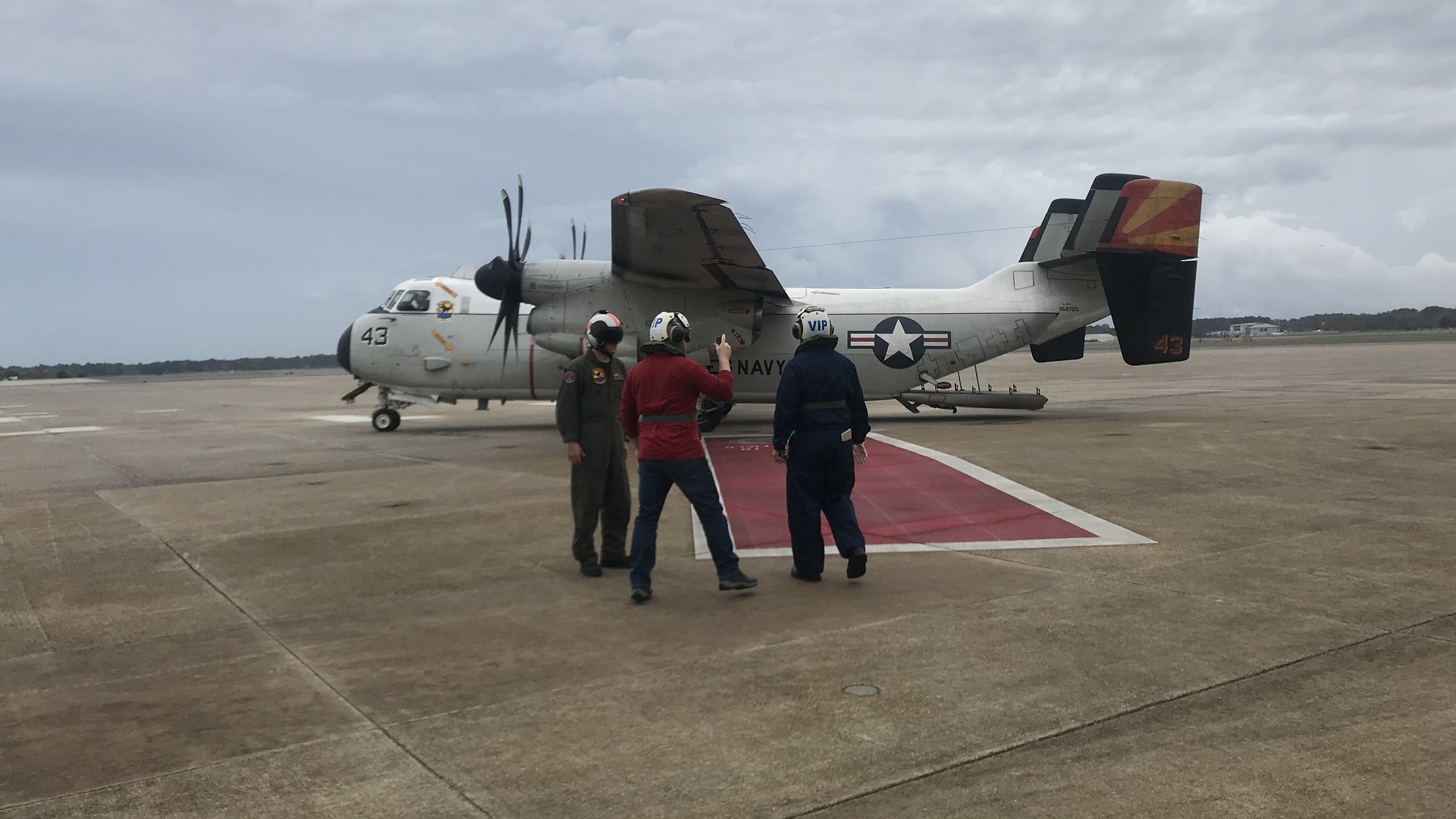
The most nerve-wracking part is the landing. The tail hook of the plane must snag a cable on the ship in order to land. The landing was intense, as the plane went from around 150 miles an hour to zero in about two seconds.
USS George H.W. Bush:

Aboard the aircraft carrier, hundreds of miles off the Atlantic Coast, the flight deck looks more like a busy city; a seamless operation of hand signals, takeoffs and landings. We watched as F18 fighter pilots practiced taking off and landing on the ship using the same cable system.
There are dozens of sailors on the flight deck who say the job is grueling, yet rewarding.
“You get the gratitude like, I just launched a jet into a country to go do its mission, and I was directly part of that,” Tampa native Ryan Grimm said.
Grimm now works on the maintenance side, and ensures all of the jets in his squadron are properly maintained.
“Kind of like a service advisor at a car dealership,” he said.
Inside the ship is a maze of hallways and stairs, and thousands of sailors. Many are hometown heroes who grew up in the bay area.
Natalie Perez is a Brandon native who is far away from home.
“I’ve got to make sure we find a good ground,” she said as she tested for a live wire on the ship. “I work on the things that distribute the actual power throughout the boat.”
Like many sailors, Natalie’s day on the ship is a long one. When asked what she missed most about home, she said family.
“I come from a Spanish family, and that’s really important to me. I also miss the warmer beach,” she said.
Family is what Tamara Capodanno misses too. She grew up in New Port Richey and said she misses her daughter the most.
“It can be tough. I’m a single parent. My daughter stays with friends of mine when we are out to sea but you learn to compartmentalize,” she said.
From warfare sensors to navigation, working on the electronics of the aircraft keeps her busy.
“Without the planes, it is just a ship,” Capodanno said.
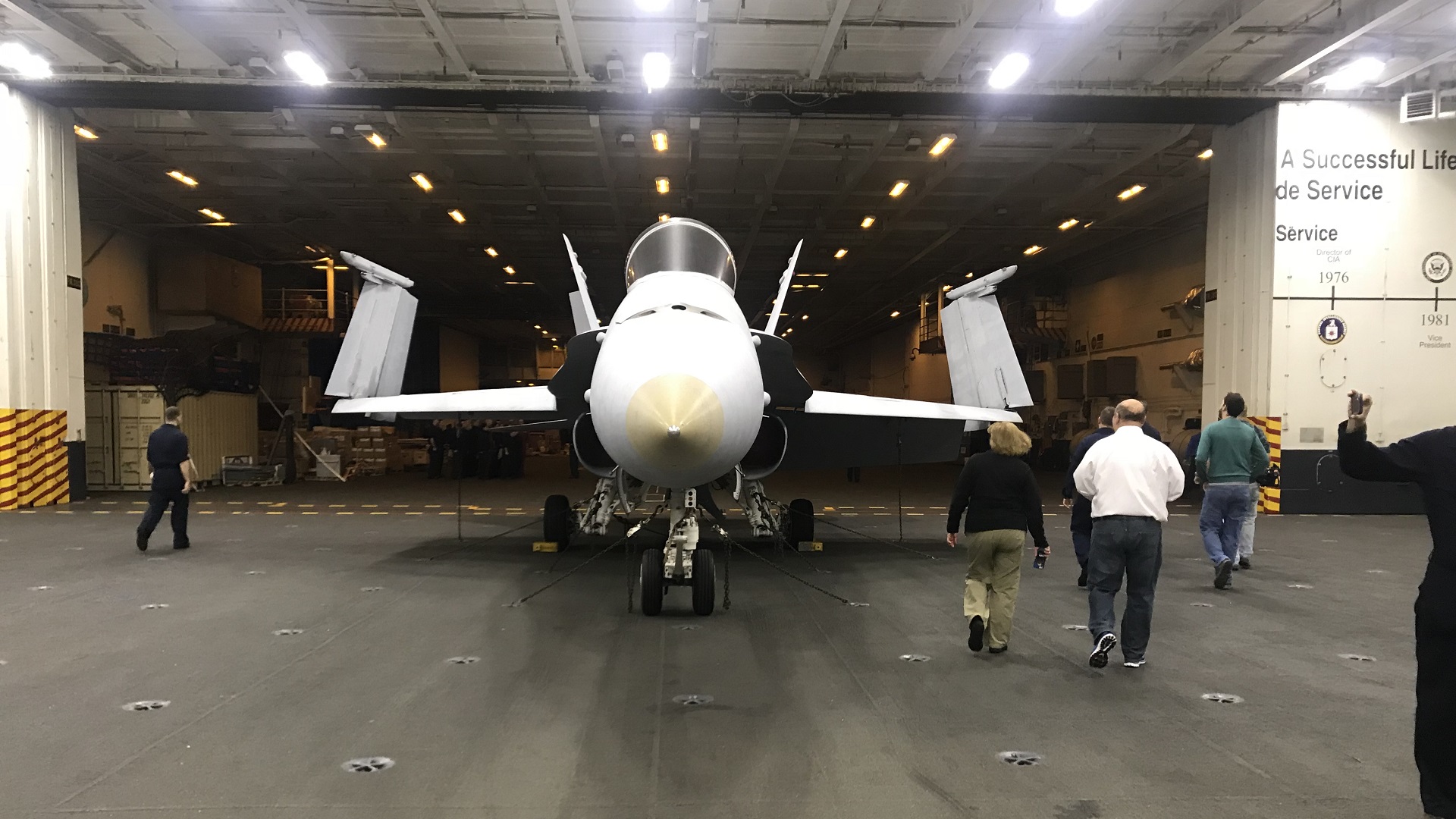
Another big component you may not see or think about is the air support. We caught up with a sailor from Sea Squadron HSC-26. They go where a jet or ship can’t.
“We attach to ships and a lot of maritime assets,” said Tyler Leister, a Wimauma native. “We’re door gunners, along with rescue swimmers and crew chiefs.”
Leister is a rescue swimmer who jumps out of helicopters to save others.
“I wanted something to challenge myself and to make myself better,” he said.
Although he misses home, Leister said he wouldn’t have it any other way.
“The worst part is just missing all the stuff back home. But a lot of us, we have a whole bunch of really good guys. That’s one thing the military is great for, is you build camaraderie,” he said.
Side by side these hometown heroes work together to fulfill their mission and protect our freedom. Through their incredible sacrifice, their pride and patriotism never fade.





